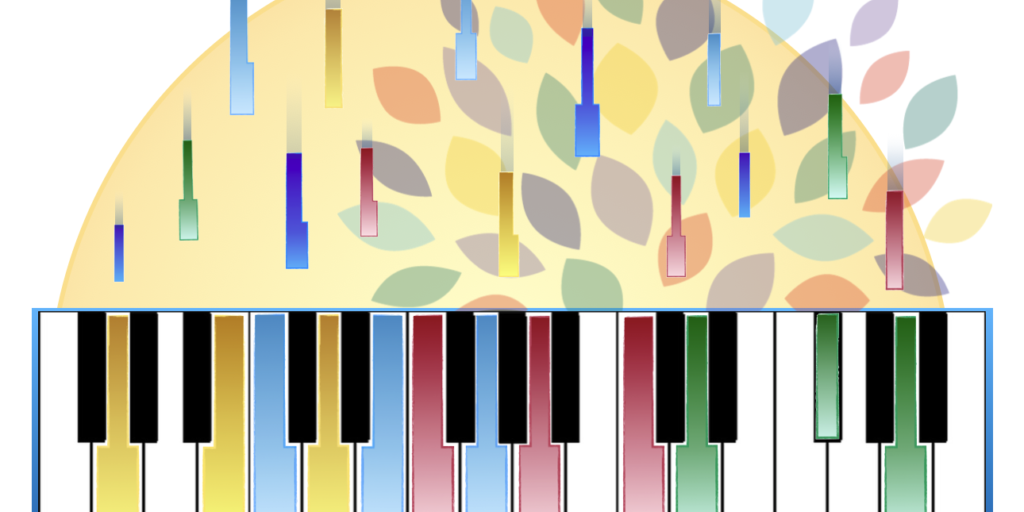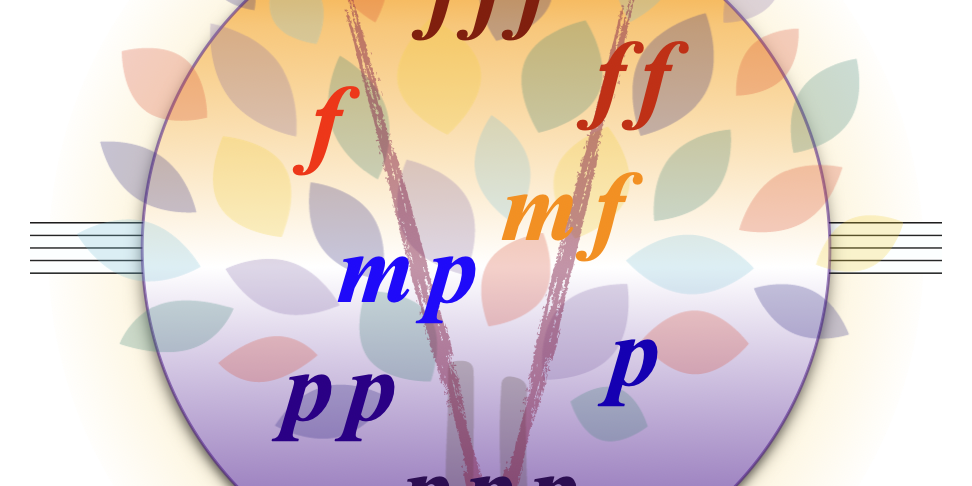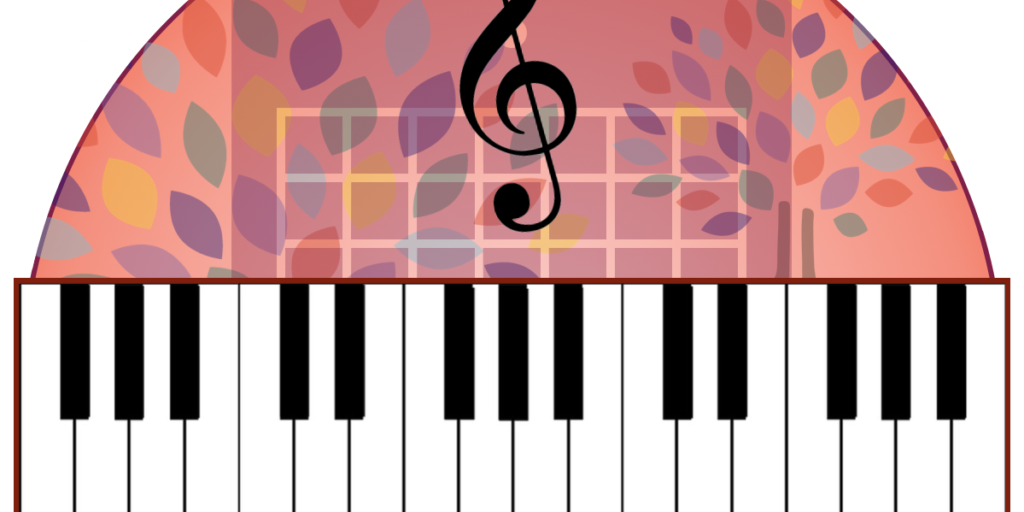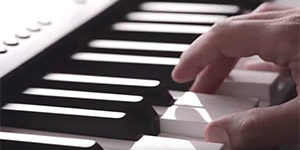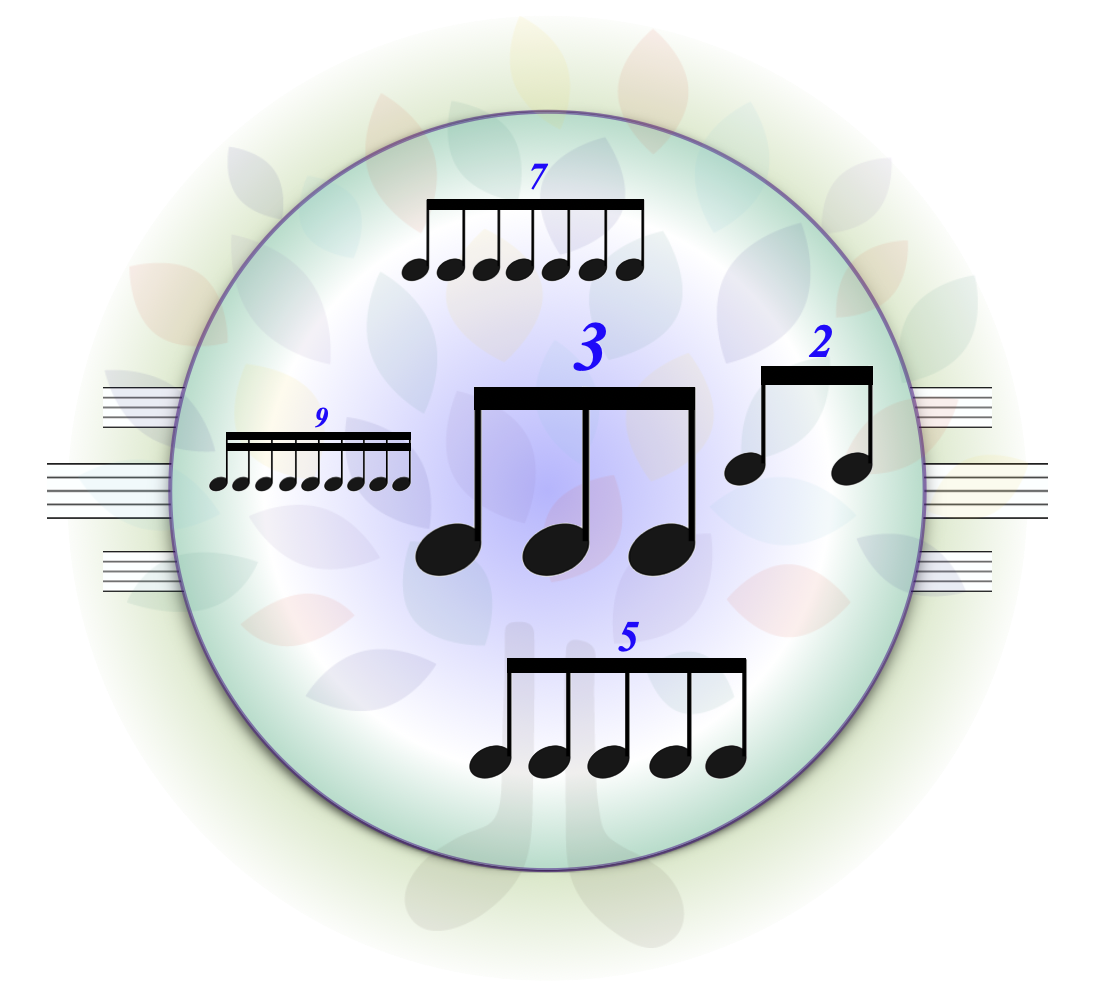
Rhythm is one of the most essential features governing how music sounds. Rhythmic variety creates depth and excitement in music, and many styles and genres of music are at least partially defined by the specific rhythms they use.
To quickly review rhythms - rhythms are a combination of two things: the beat and note values. The beat is the constant pulse that underlays the majority of the world’s music, and note values are the different lengths of notes that are joined to create different rhythms against that beat. The most common note values we usually consider (whole notes, half notes, quarter notes, eighth notes, and sixteenth notes), combine or divide beats in divisions of two:
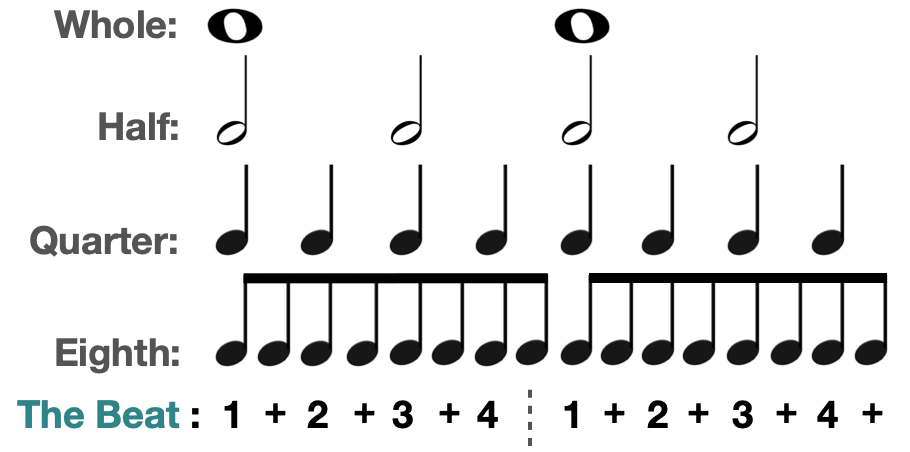
But what happens if we want to divide a beat in different ways? If all of music could consist only of rhythms that could split a beat in divisions of two, we wouldn’t have much of the music we know and love. For this we need special divisions of the beat, called tuplets.
In general, tuplets are note values that divide the beat equally in ways that are not based around divisions of two. Examples of note values that split the beat by divisions of two include eighth notes (split the beat into two parts), sixteenth notes (split the beat into four parts), and thirty-second notes (split the beat into 8 parts). Certain time signatures can alter the definition of tuplets, but for simple meters like 2/4, 4/4 and 3/4, you’ll consider a tuplet to be any note value that splits the beat differently than in divisions of two, four, or eight.
The Most Common Tuplet: Triplets
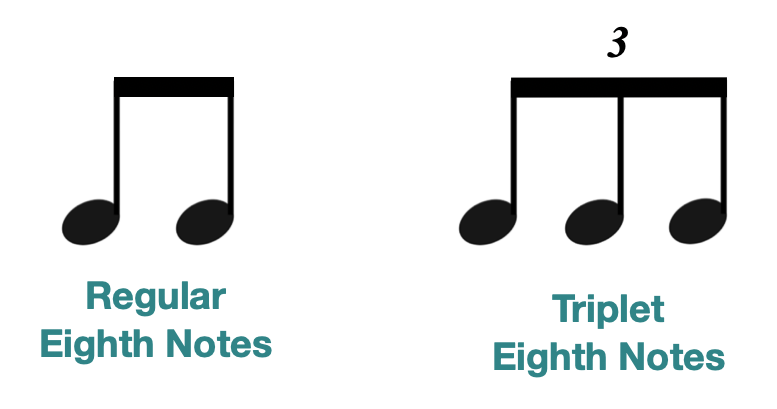
In the example above you can see two regular, beamed eighth notes compared with a group of three eighth notes that have a little 3 above them. We call the eighth notes in this group triplets, and they are the most common kind of tuplet we encounter in music.
Triplets split the beat into three equal parts. Instead of counting, “1-and,” as would be done with a normal group of two eighth notes for a beat, we now count an even, “1-and-uh”, to account for a split of three.
Here is an example of regular eighth notes played against a click:

And here is an example of triplets taking the place of the regular eighth notes in the same measure:

Triplets can be represented by any normal note value, as long as they are fitted into a span that is one note value larger. For example, you might see quarter note triplets, but they would need to fit into the length of a half note:

Similarly, but on the other side of the note value spectrum, sixteenth note triplets need to fit into the span of an eighth note:

Tuplets do not need to possess a note on every subdivision. As with combinations of note values, as long as the total value of the notes included in the tuplet adds up to the beat, we still consider it a tuplet.
Here are some examples of eighth note triplets that consist of different notes and rests.

Other Kinds of Tuplets
While triplets may be the most common kind of tuplet, there are many others you might encounter (usually in more advanced musical settings).

In the example above you can see a quintuplet, which is a beat division of 5.
Tuplets can be found in almost any kind of equal number division, and will possess a numerical name to accompany that division:

Tuplets in Compound Meters
For compound meters like 6/8 or 9/8 we think of tuplets a little differently. Because these time signatures consist of groups of three beats, tuplets are constructed around dividing the groups into divisibles of two:

In the example above you can see a measure of 6/8 (with a notation of the 6 eighth notes it contains) along with a division of each of its three-note groups into tuplets of two, called duplets. The result of this is commonly called, “two against three.”
In the audio example below you will first hear groups of three notes played to a click, followed by groups of two notes to the same click, and finally both together, which will give you the feeling of two against three.
Here is a musical example in 6/8, in which the left hand is playing entirely groups of three eighth notes, while the right hand plays only duplets.

Thanks for checking out this article from Liberty Park Music! If you liked what you saw here, you can find more in our blog at libertyparkmusic.com. We also have a YouTube page! And if you're really ready to take your music training to the next level you can subscribe to our site and gain access to a full spectrum of piano, guitar, drum, and music theory lessons.
Sign up for our free newsletter
Useful articles for musicians
About the Author: West Troiano
West has over 10 years of teaching experience in settings that vary from private studios to college classrooms. In addition to teaching through traditional forms of piano pedagogy, West frequently produces music and teaching materials that cater to the needs of his students. Check out West's course on Piano Etudes for both beginners and intermediate pianists.


